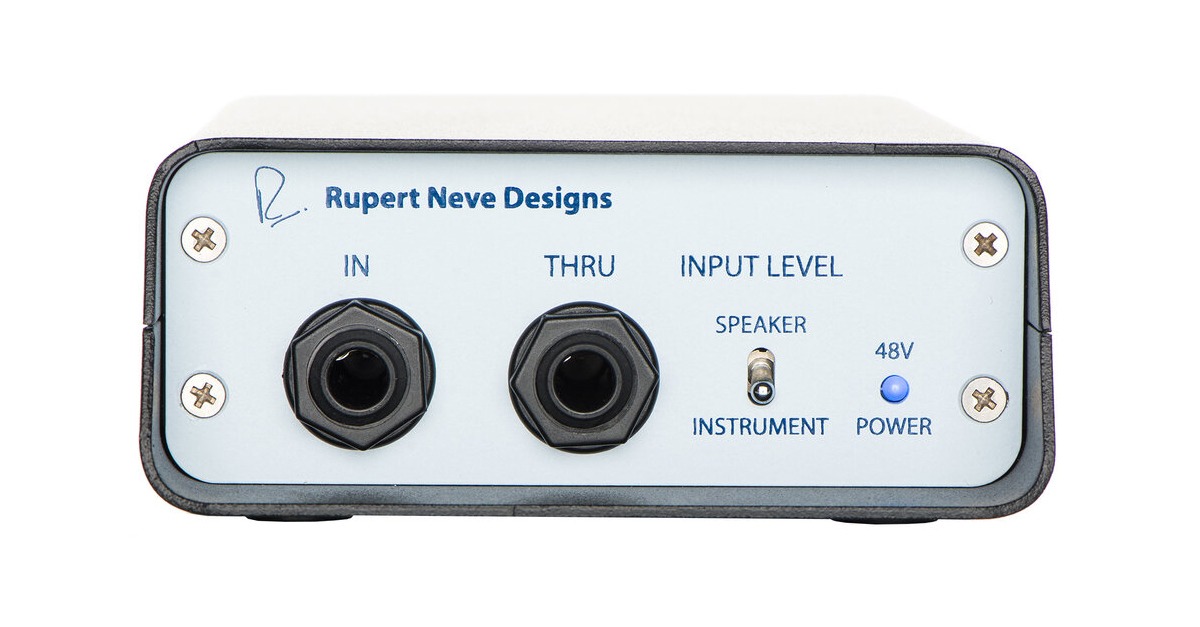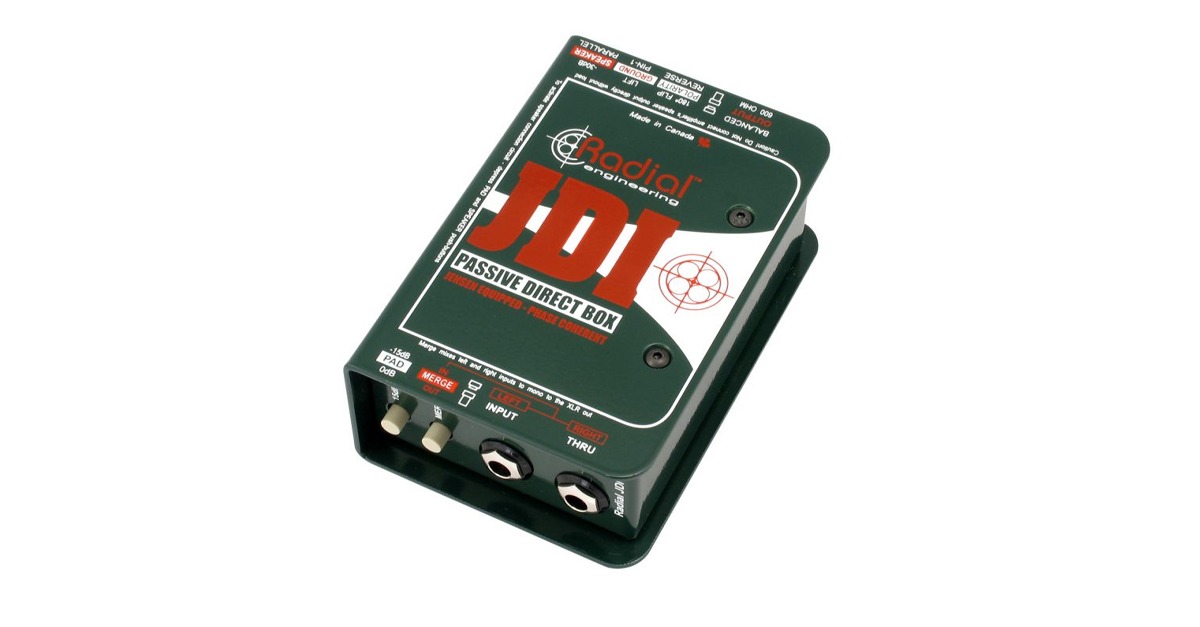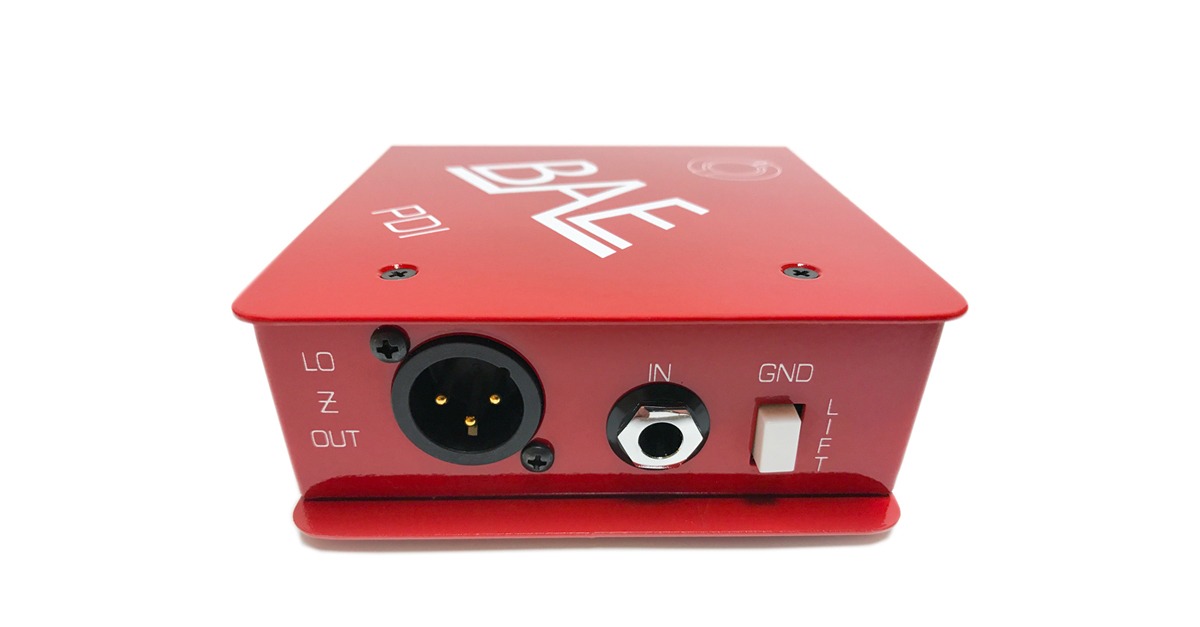
What is a DI Box? The 8 Best DIs for Recording

Most home studios contain an arsenal of carefully chosen gear.
From synths and grooveboxes to guitars and drums, the tools in your studio need to be connected properly to work.
But for some types of gear, making the right connection means you’ll need an extra piece of equipment—a DI box.
It’s a stage and studio staple that fixes issues in your signal flow.
But what is a DI box? And why exactly do you need one?
In this article I’ll explain everything you need to know about DI boxes and give recommended options for the best ones on the market.
Let’s get started.
What is a DI box?
A DI box is a utility tool that corrects signal level and impedance to make audio gear compatible.
The term DI stands for Direct Injection. The first DIs were built to allow engineers to plug electric basses and guitars directly into the studio mixing console instead of mic’ing an amplifier.
DIs are commonly used for those instruments as well as synthesizers, drum machines and other gear with ¼” outputs.
Using a DI you can plug these sources into an XLR microphone preamp input like those you might find on a mixer or audio interface.
DI boxes contain a transformer that electrically isolates the source from its destination. That’s why DI boxes are frequently used to address signal issues like ground loops.
DI boxes contain a transformer that electrically isolates the source from its destination.
Why do I need a DI box?
Not all the audio sources in your home studio carry the same type of signal.
There are different connector types, different signal levels and different impedances.
Your signal fidelity can get worse if some of these qualities are mismatched.
One of the most common examples is when you connect ¼” instruments such as electric guitar and bass to a mic preamp or audio interface.
The guitar signal coming from the pickups is a high impedance, instrument level signal.
The mic preamp is expecting to see a low impedance, mic level signal.
Even if you converted the ¼” and XLR connectors with an adapter, the signal and impedance mismatch would cause poor sound through the preamp.
To fix it you’ll need a DI box to manage the signal level and impedance conversion so that the mic preamp works properly.
The same goes for most types of gear with ¼” outputs like synths, drum machines and samplers.
Hot tip: Some hardware has ¼” outputs that are strong enough to be plugged directly into a mixer at line level. Gear like this doesn’t strictly need a DI as long as the destination has line level inputs. However, you may find using a DI box to pass the signal through the mic preamp sounds more pleasing.
Active vs. Passive DI boxes
There are two main types of DI boxes—active and passive.
Passive DI boxes don’t require a power supply to run. The transformer inside performs the electrical operations that convert the signal.
Passive DIs work well for most applications and are sometimes more affordable than their active counterparts.
They can also be used with extremely strong signals since there’s no electrical circuitry to overload.
Active DIs use phantom power to run an electrical buffer circuit that makes the signal stronger and helps it maintain fidelity.
These are a good choice for low level instruments and long cable runs.
DI vs. instrument input
Many modern audio interfaces come fitted with a ¼” input for connecting instruments like guitar and bass.
These may seem to perform the same function as a DI box, and in many cases they get the job done. But the transformers built into professional grade DI boxes can solve problems your interface’s instrument input can’t.
For example, ground loops frequently occur between powered equipment plugged into the same source.
They cause a nasty hum and buzz that wouldn’t be acceptable for recording.
Transformer-based DIs provide electrical isolation and ground lift capabilities that can eliminate ground loops.
Transformer-based DIs provide electrical isolation and ground lift capabilities that can eliminate ground loops.
The 8 best DIs for recording
With the background info out of the way, here are 10 top choices for DI boxes to use in the studio.
1. Radial J48
There’s one brand that you’ll see in almost every discussion of DI boxes—Radial.
The Canadian manufacturer of stage and studio equipment builds some of the most popular choices for pro quality DIs.
Their flagship active DI model is the J48. It’s an excellent choice for almost any application, especially recording.
2. Countryman Type 85
Another respected name in DI boxes is the Countryman Type 85. It’s an active DI with a high quality sound for recording guitars and bass.
3. Rupert Neve Designs RNDI
Rupert Neve was a towering figure in musical equipment design. His company’s DI box is one of the best options available for recording.
It features a custom transformer wound precisely to his exacting specifications for high performance.
4. Radial JDI
If a passive design is a better choice for your application, you might consider the Radial JD1.
It features the excellent Jensen transformer Radial is known for in a roadworthy enclosure.
5. Warm Audio WA DI-A and WA DI-P
Warm Audio is a modern pro audio brand that builds affordable recording gear inspired by vintage classics.
Their new WA DI range includes the passive WA DI-P and active WA DI-A. Both feature Cinemag transformers for smooth sound.
The unique ‘amp out’ feature allows you to connect the output of a guitar amp directly to a mixer or recording interface.’
6. A-Designs REDDI
The A-Designs REDDI is the Rolls-Royce of DI boxes.
A secret weapon on bass guitar for many pro engineers, the REDDI features design inspiration from the legendary Ampeg B15 tube bass amp.
If you’re looking for premium DI tone with lots of character, the REDDI should be on your list.
7. Radial ProDI, Pro48
Radial’s flagship active and passive DI are worth every penny, but for some producers the price may still be too high.
If that’s the case, Radial offers a line of budget-conscious DIs based on the same technology that powers their top-of-line options.
Consider the ProDI or Pro48 if you need Radial quality on a budget.
8. BAE PDI
BAE is a well-known builder of vintage reproduction mic preamps and studio gear.
Their PDI passive DI features all the quality the legendary brand is known for in an affordable price.
It features a unique Carnhill transformer for vintage vibe and tone.
Direct connection
A DI box is an essential tool for every home studio. No matter what type of gear you’re connecting, there’s an option on this list for the right sound.
If you’ve made it through this article you’ll have a great start for choosing the right DI.
Gear guides, tips, tutorials, inspiration and more—delivered weekly.
Keep up with the LANDR Blog.













